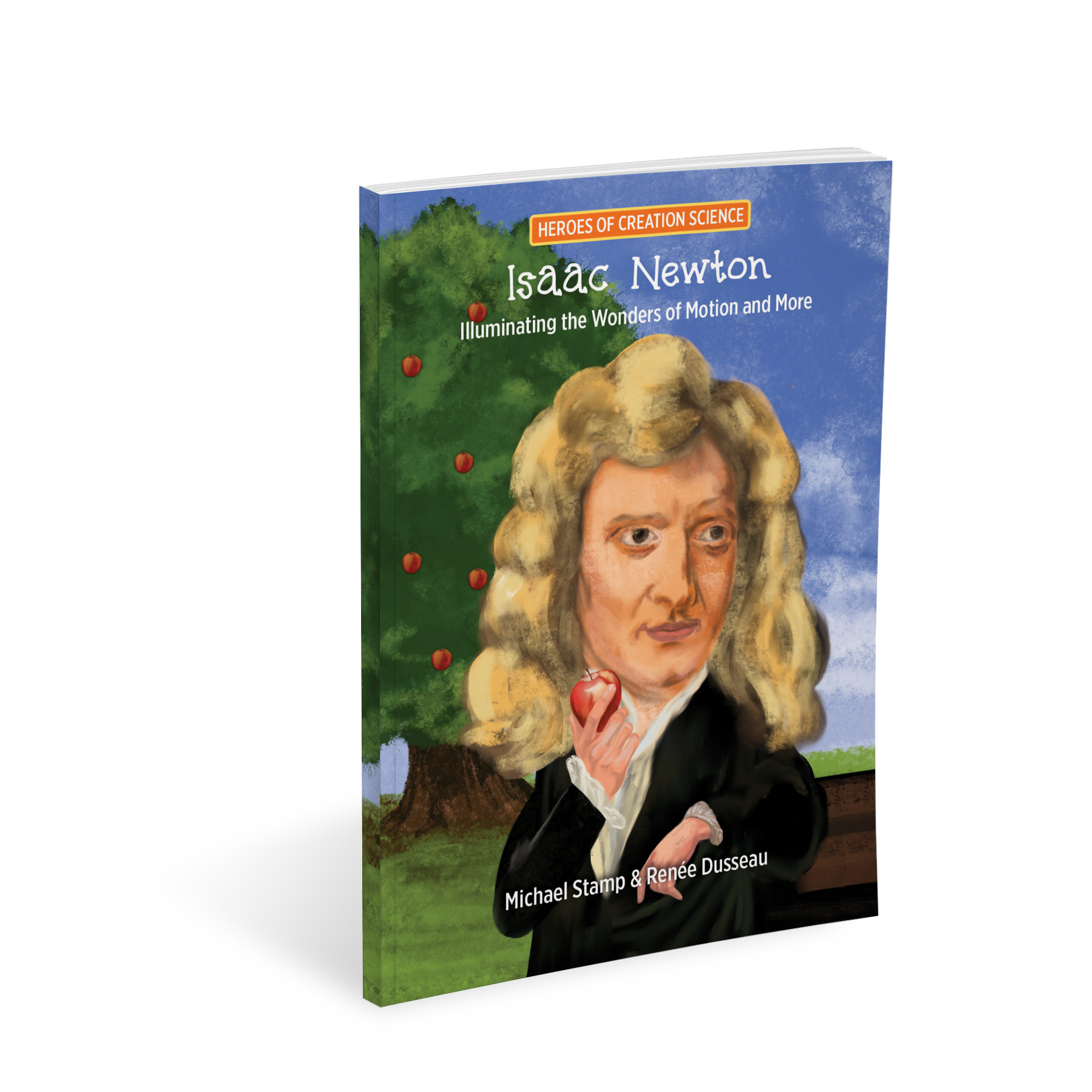Articles » Introductory
Scientists have found what might have been the perfect ancient vacation hotspot with average sea water temperatures of 24C. Now that’s a warm ocean. Where? Smack in the middle of the Arctic. Several geologists recently pulled a core of sediment from the bottom of the Arctic Ocean and discovered a bygone greenhouse world. No one expected to find evidence of temperatures high enough to make Santa sweat. Read the rest of this entry »
How’d you like to live the life of a snake? For one thing, you’d find getting around much different without arms and legs. But then dust would be a big part of your diet. Blah! Scientists have learned that snakes use their forked tongues for tasting and smelling. Even with its mouth closed, a snake can stick out its tongue; an amazing feat indeed. These slithering reptiles smell their prey by picking up scents from the air and from dust on the ground in order to find their next meal. The tongue then carries these particles to a specialized organ located on the roof of the mouth, called the Jacobson’s organ. This sense organ performs a chemical analysis of the ingested particles. Think of the salivating smells from some fine cooking. A snake bites the dust of the ground not so much for nutrition but for smelling his way to his next meal. Read the rest of this entry »
Imagine a June evening in south central Canada or the nearby United States. As dusk deepens, tiny dots of light appear on bushes, grass or in the air. The tiny lights seem to flash in code. These remarkable lights are fireflies. The more we learn about these insects, the more amazing they appear. This is certainly not a case of familiarity breeding contempt. Adult fireflies are beetles, but unusual beetles. They possess the ability to produce light within their bodies. The adult phase, which many of us have seen, is short and spectacular. Most adult fireflies last only a few days and their principal purpose is to reproduce. Read the rest of this entry »
One of the few laws strictly adhered to in modern physics is that the speed of light is, was, and ever shall be 300,000 kilometres per second. Light represents the fastest speed attainable by anything in the universe. It is the universe’s speed limit. Nothing can exceed it. Read the rest of this entry »
It is easy to imagine the excitement astronomers felt when the telescope was invented early in the seventeenth century. Until that time, mankind’s observations had been confined to five bright planets, moving against a starry background. Nevertheless 150 more years passed until another planet was discovered. In England in 1781, German-born musician and telescope maker, Sir William Herschel, announced that he had discovered a new planet. This body was named Uranus after the most ancient of the Greek gods. Read the rest of this entry »
We humans are proud of our accomplishments in science, technology, the arts, and music. And, we have a right to be proud: the technological wonders of the last century have radically changed our world and benefited us enormously. While basking in our accomplishments, though, it behooves us to acknowledge the fact that we have used the natural world as a model for many of our achievements. Many scientists spend a lifetime studying and learning from the wisdom expressed everywhere in creation. In the fields of “engineering, chemistry, ballistics, aerodynamics – in fact in almost every area of human endeavor – nature has been there first” and the natural world is “infinitely more economical of resources and generally superior in performance” than our best efforts (Felix Paturi. 1976. Nature, Mother of Invention. Harper & Row p. 1). Read the rest of this entry »
As a society, it is obvious that we are very impressed with the sophistication of our modern technology. It is also evident that the theoretical basis for this technology is fancy mathematics. Not surprisingly then, although not everybody can do advanced math, we consider our society to be advanced both in terms of knowledge base and physical know how. Read the rest of this entry »
One does not have to be a scientist with an advanced degree in physics or geology to appreciate the relevance of recent studies on the radiometric dating of rocks and biological materials. The book Thousands… not Billions and the DVD of the same name, are designed to communicate to the general public the results of recent research which fit a young age for the earth. Read the rest of this entry »
After watching the video Fearfully and Wonderfully Made, I couldn’t help exclaiming to my sister, husband, mother and anyone who would listen: “You have to watch this fascinating video!” Read the rest of this entry »
Looking for a family friendly film that gets you thinking? Look no further than Life’s Story 2: The Reason for the Journey. Brought to us by the makers of the popular Incredible Creatures that Defy Evolution series, Life’s Story 2 has much to offer. Read the rest of this entry »
Have you ever noticed how hard it is to persuade young people (or anybody for that matter) to read useful or improving literature? If it isn’t on the course, and if it doesn’t count for marks, few people will even open a book’s cover. An obvious choice to counteract that attitude is the comic book. Comics are certainly painless to read. A marginally interested individual is more likely to dip into such a book, and to proceed farther, than a person might in a book with prose and illustrations. The operative question then is whether such a format can usefully communicate information to teenage and twenty-something age readers. Read the rest of this entry »
It is normal to want to be unique isn’t it? Some people however don’t want to be special. Many astronomers do not like the idea that we live at a special time in the history of the universe or in an especially nice region of space. The reason many scientists do not like any suggestion of special conditions is because such conditions lead to questions about why we live at a special time or in a special place. Special conditions suggest that events are not determined by chance, but by something else such as the supernatural power of God. Many astronomers are most anxious to avoid such suggestions. Read the rest of this entry »
Sometimes it seems so challenging to keep up to date with new titles which present the creation in an interesting fashion. This was not always the case. Thirty years ago, there were few such books. Read the rest of this entry »
European scientists are excited about the Large Hadron Collider, a massive machine which is expected to begin to perform fancy physics experiments later this year. The idea for this machine was first proposed in the late 1970s. By 1990, European scientists were still trying to raise money to build this expensive device. Now finally in 2008, it should finally begin to work. Read the rest of this entry »
Every season of the year provides its share of interest for young adventurers, or the young at heart. In winter, for example, have you considered how beautiful the silhouettes of the trees are against the snowy background? The deciduous (without leaves) trees look particularly artistic because we can see the branching pattern. Every tree has a characteristic canopy shape as a result of the way that the branches grow. This shape enables the tree in summer to display its leaves to best advantage so that the maximum possible sunshine is intercepted and the minimum number of leaves remains in the shade. Read the rest of this entry »








